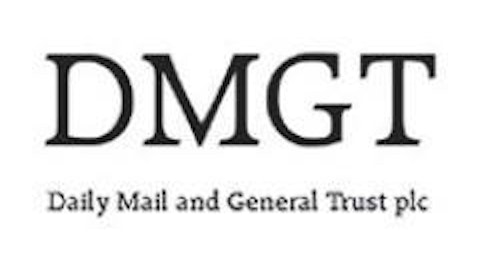On the other hand, a sustained period of low oil prices would be bad news for large oil exporters, such as OPEC — whose member countries’ national budgets are dependent on oil prices around $100 a barrel — and Russia. According to PwC, Russia and OPEC’s Middle Eastern members could see their trade balances fall by between 4%-10% of GDP in the long run if they fail to exploit their own shale resources.
Lower oil prices will also obviously have negative implications for the companies that explore for and produce oil, including large integrated oil companies, as well as small and mid-sized exploration and production firms. For them, the price of oil is often the single most important consideration as they assess future capital spending.
Implications for energy companies
If the oil price falls below its marginal cost of production, drilling activity in costlier locations, such as Canada’s oil sands and deepwater prospects offshore Brazil and Africa, could quickly become uneconomical. Mining projects in Alberta’s oil sands, for instance, have breakeven costs in the $90-$100 per barrel range, according to consultancy Wood Mackenzie, leaving them especially vulnerable to lower prices.
Already, some Canadian operators have scaled back their investments because of sky-high operating costs and depressed prices for Canadian crude oil. For instance, Tal International Group, Inc. (NYSE:TAL), Canada’s sixth largest independent oil producer, slashed its capital budget forecast for the year by 25%, while Canadian Natural Resource Ltd (USA) (NYSE:CNQ) said it will scale back its spending on thermal-sands production, a process that uses steam to separate bitumen from sand underground.
Other drilling locations, however, may be less vulnerable, depending on factors such as the economics of the formation, its depth, and the extent of field-level efficiencies. In North Dakota’s Bakken shale, for instance, Statoil ASA (ADR) (NYSE:STO), the Norwegian oil major, reckons its breakeven production costs are around $60 per barrel.
Meanwhile, Continental Resources, Inc. (NYSE:CLR), the leading producer in that play, says its total cost per barrel — including production taxes, depreciation and depletion — is a mere $35. Since the price of oil is extremely unlikely to fall below $60 for a sustained period of time, these companies should be fine. Other Bakken drillers, however, may be more vulnerable.
For instance, Kodiak Oil & Gas Corp (USA) (NYSE:KOG), despite having made impressive progress on slashing production costs, still spends about $10 million to drill and complete a well, significantly higher than Whiting Petroleum Corp (NYSE:WLL), whose well costs are in the $8-$8.5 million range, and Continental Resources, Inc. (NYSE:CLR), whose wells routinely come in under $8 million. Still, prices would have to fall well below $85 a barrel for Kodiak Oil & Gas Corp (USA) (NYSE:KOG)’s Bakken wells to become unprofitable.
Final thoughts
As you can see, the application of advanced drilling technologies in the U.S. has helped precipitate an oil and gas boom whose consequences are being felt the world over. But when you think about it, it’s really quite ironic. The same companies that helped the shale revolution take off are now threatened by the consequences of their own creation. Let’s see if the same resourcefulness that guided them before can also see them through a period of sustained low oil prices — if it ever arrives.
The article The Most Important Consequence of the U.S. Shale Oil Boom originally appeared on Fool.com.
Fool contributor Arjun Sreekumar has no position in any stocks mentioned. The Motley Fool recommends Statoil and owns shares of Citigroup.
Copyright © 1995 – 2013 The Motley Fool, LLC. All rights reserved. The Motley Fool has a disclosure policy.

